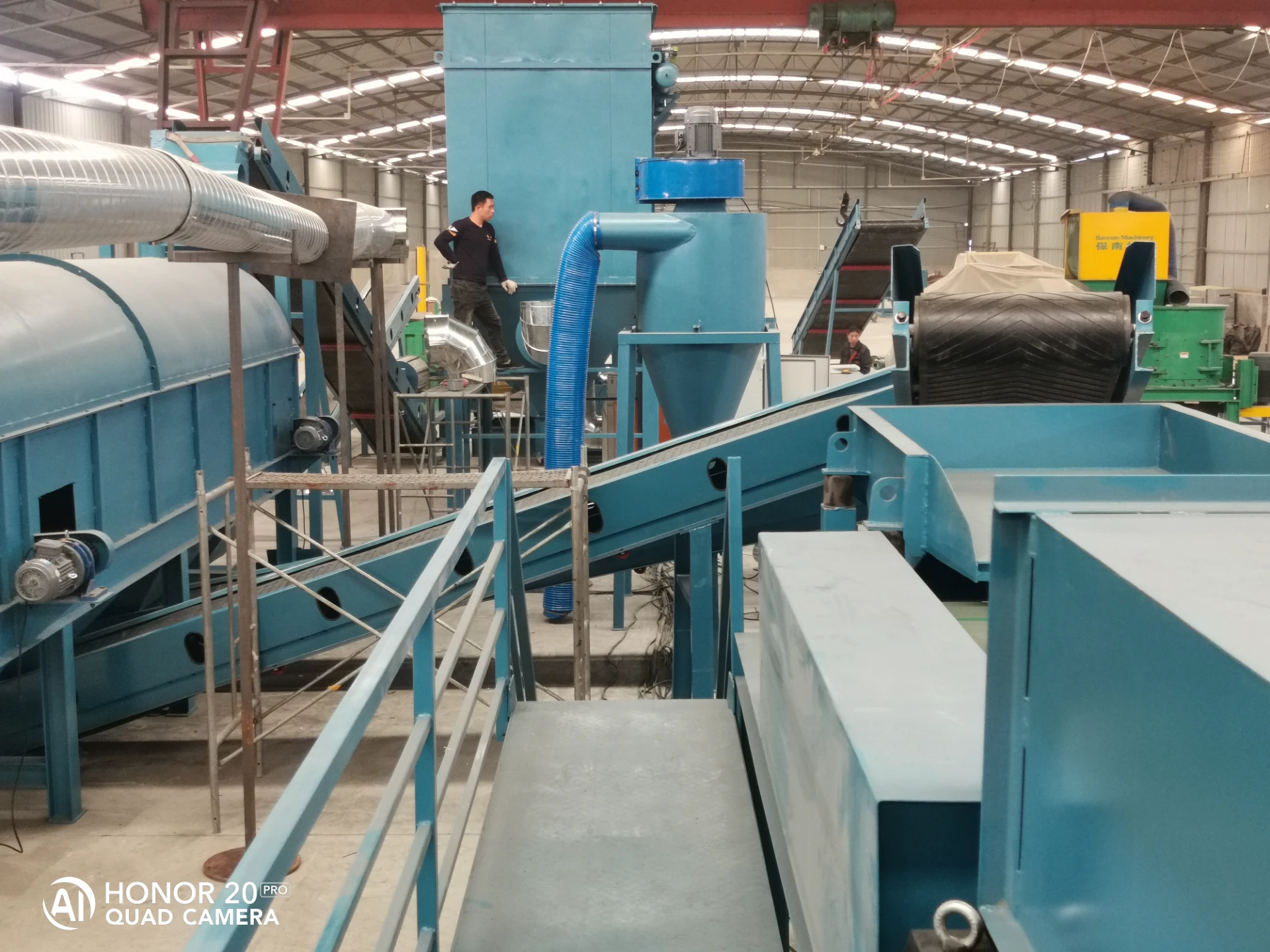
9 月 . 25, 2024 17:30 Back to list
Aluminium Scrap Recycling Plant Transforming Waste into Valuable Resources
Aluminium is one of the most widely used metals in the world, known for its lightweight, strength, and resistance to corrosion. As industries continue to expand and consumer goods proliferate, the demand for aluminium has surged. However, this insatiable appetite for aluminium has led to an increase in waste, particularly in the form of aluminium scrap. An aluminium scrap recycling plant plays a crucial role in managing this waste, turning discarded aluminium into valuable resources while promoting environmental sustainability.
At its core, an aluminium scrap recycling plant operates on a straightforward principle collecting, processing, and reintroducing scrap aluminium into the production cycle. The process begins with the collection of aluminium scrap from various sources, including construction sites, manufacturing facilities, and consumer products. This scrap can range from old cans and vehicle parts to leftover fragments from industrial processes.
Once collected, the scrap is transported to the recycling facility, where it undergoes several steps to ensure it is recycled efficiently. The first stage involves sorting the scrap by quality and type. This is essential because different grades of aluminium can have varying properties that affect the quality of the final product. Advanced technologies such as magnetic separators, eddy current separators, and manual sorting techniques are employed to achieve a high level of purity.

After sorting, the aluminium scrap is shredded into small pieces, which facilitates the melting process. The shredded material is then placed into a furnace, where it is heated to a temperature of approximately 660 degrees Celsius. At this point, the aluminium melts and is transformed into molten metal. This phase of the process is energy-intensive, but modern recycling plants implement energy-efficient technologies to reduce their carbon footprint and overall energy consumption.
Once the aluminium has melted, it is poured into molds to create ingots. These ingots can be sold to manufacturers who will then use them to produce new aluminium products. The recycling process not only conserves natural resources but also significantly reduces greenhouse gas emissions compared to mining and processing virgin aluminium. In fact, recycling aluminium saves up to 95% of the energy required to produce new aluminium from bauxite ore.
Moreover, an aluminium scrap recycling plant contributes to the circular economy by ensuring that materials are reused and reprocessed, minimizing landfill waste. By recycling aluminium, industries can lower their production costs and reduce their environmental impact, promoting a more sustainable future.
In conclusion, aluminium scrap recycling plants are essential in reducing waste and conserving resources. Through the efficient processing of aluminium scrap, these facilities not only contribute to environmental sustainability but also support the economy by creating jobs and providing valuable inputs for various industries. As we move towards a more sustainable tomorrow, the role of recycling plants will only become more significant, ensuring that aluminium and other materials remain available for generations to come.
Latest news
Unveiling the Power of Eddy Current Separator
NewsSep.25,2024
Transform Your Home Recyclin:home metal shredder
NewsSep.25,2024
The Future of Waste Management with Recycling Line Picker
NewsSep.25,2024
The Benefits of a Metal Recycling Plant
NewsSep.25,2024
Revolutionize Material Separation with Onwang Technology
NewsSep.25,2024
Innovative Waste Management: Unveiling the MSW Sorting Plant
NewsSep.25,2024